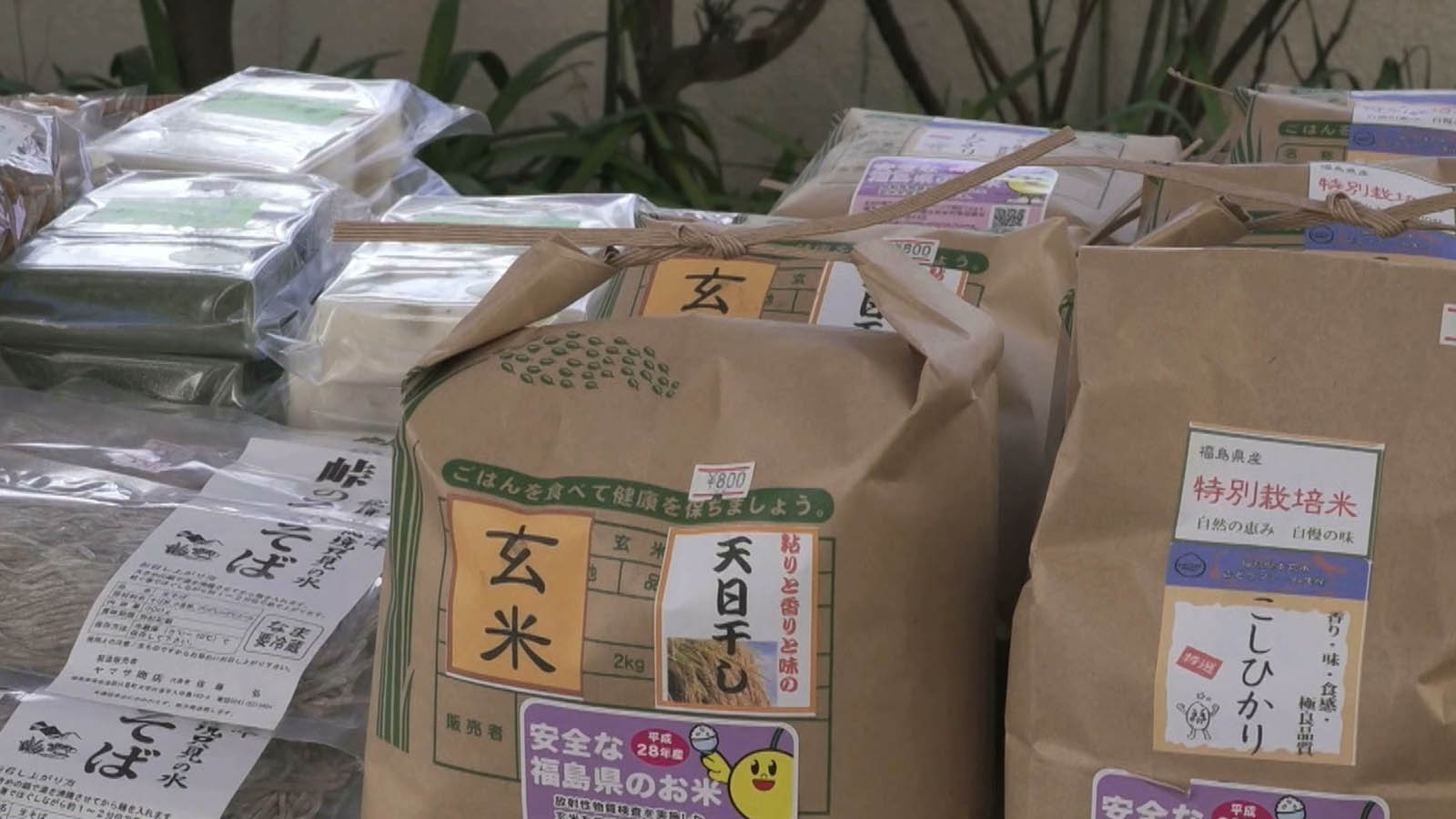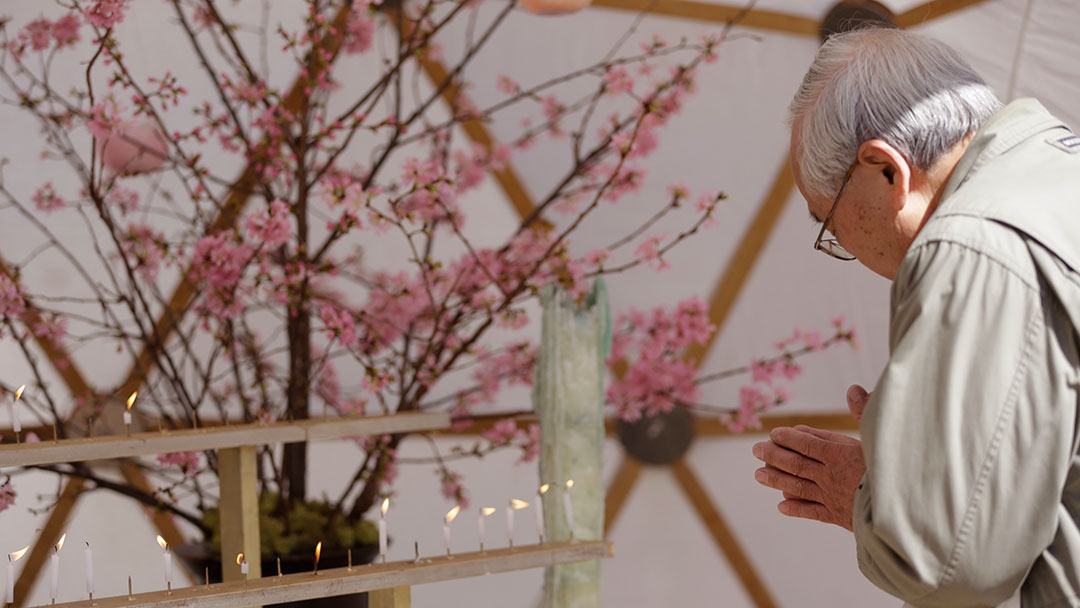
The story of a homecoming filled with danger and desire.
March 11, 2011. The day an earthquake and tsunami ravaged the northwestern part of Japan’s Honshu Island; the day the Fukushima nuclear power plant was completely destroyed; and the day the lives of 80,000 people were upside down – with forced evacuations, and no immediate plans for return.
Today, after partial decontamination operations, the Japanese government says Fukushima is ready to be inhabited again. But with former residents being encouraged to go back to the former exclusion zone, a new challenge surfaces: how does one start life anew, after being made flee more than half a decade before? How can residents ensure there is no threat to radioactivity in the place they used to call home? How does life get redefined when so much has been erased?
Return to Fukushima introduces us to three families exploring the dangers - and desires - of finally going home and explores the difficult journey the residents of Fukushima still have to take.
WATCH:
DOCUMENTARY SELECTS:






More Resources
MAPPING FUKUSHIMA | A TIMELINE
When an earthquake and tsunami struck off the coast of Japan’s Sendai region, explosions, drownings and radiation leaks followed at Fukushima.
WORLD NUCLEAR ASSOCIATION | DETAILS
The World Nuclear Association is the international organization that represents the global nuclear industry. Its mission is to promote a wider understanding of nuclear energy among key international influencers by producing authoritative information, developing common industry positions, and contributing to the energy debate.
CITIZENS’ NUCLEAR INFORMATION CENTER | ASIA AND JAPAN POWER PLANT MAP
The Fukushima Accident brought awareness to the imminent threat posed by nuclear power plants.
Click here to see a map of where plants exist in Japan, and Asia.
INTERNATIONAL ATOMIC ENERGY AGENCY | ROAD TO RECOVERY
The International Atomic Energy Agency (IAEA) was formed in 1965, and is the world's central intergovernmental forum for scientific and technical co-operation in the nuclear field. It works for the safe, secure and peaceful uses of nuclear science and technology, contributing to international peace and security and the United Nations' Sustainable Development Goals.
See resources, updates and other information about Fukushima.
MORE FROM CGTN:
- Click to share on Facebook (Opens in new window) Facebook
- Click to share on X (Opens in new window) X
- Click to share on Instagram (Opens in new window) Instagram
- Click to share on LinkedIn (Opens in new window) LinkedIn
- Click to share on Reddit (Opens in new window) Reddit
- Click to print (Opens in new window) Print
 CGTN America
CGTN America





